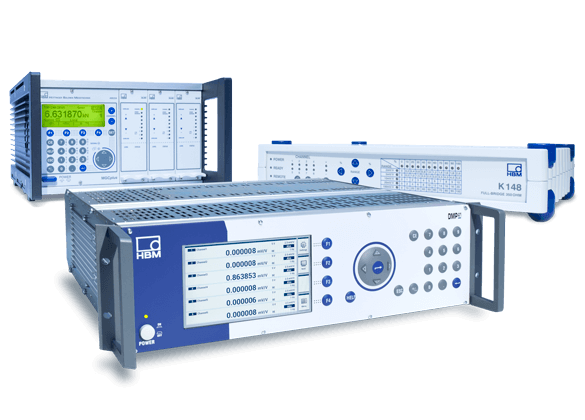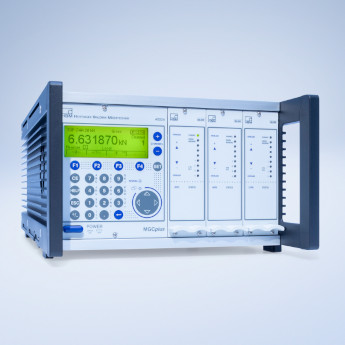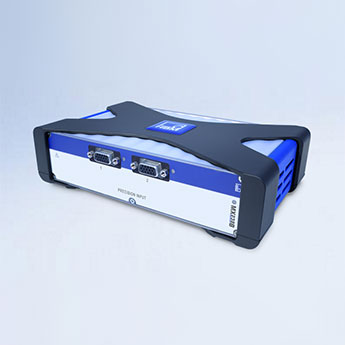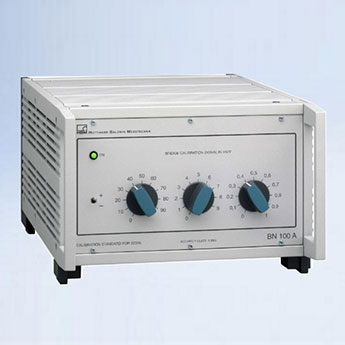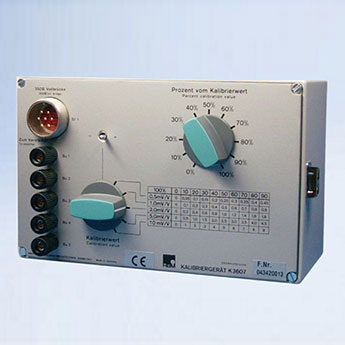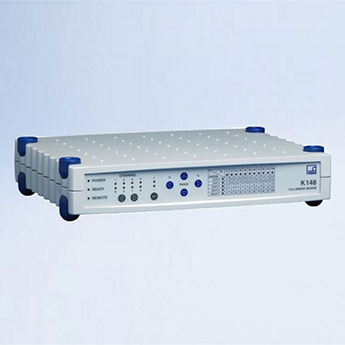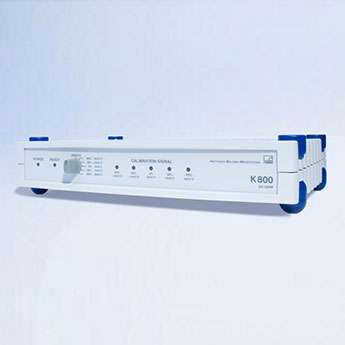Measuring Amplifiers and Electronics for Highest-precision Tasks
The key factor to ensure minimal measurement uncertainty is the choice of measurement principle. For force, torque, pressure and other quantities, transducers based on strain gauge technology have set the standard for decades. To convert absolute truth (accuracy) and repeatability (precision) into data, HBK precision instruments and calibration equipment are the appropriate partners of these transducers.
With more than 100 National Metrology Institutes all over the world relying on HBK instruments and calibration units as a reference, they are the gold standard when it comes to entering the world of ppm (parts per million). Apart from metrology, also industry, research institutes and universities rely on the highest accuracy and precision of HBK precision instruments for sensor production, calibration and comparison measurements. Chase the limits of physics with HBK!
